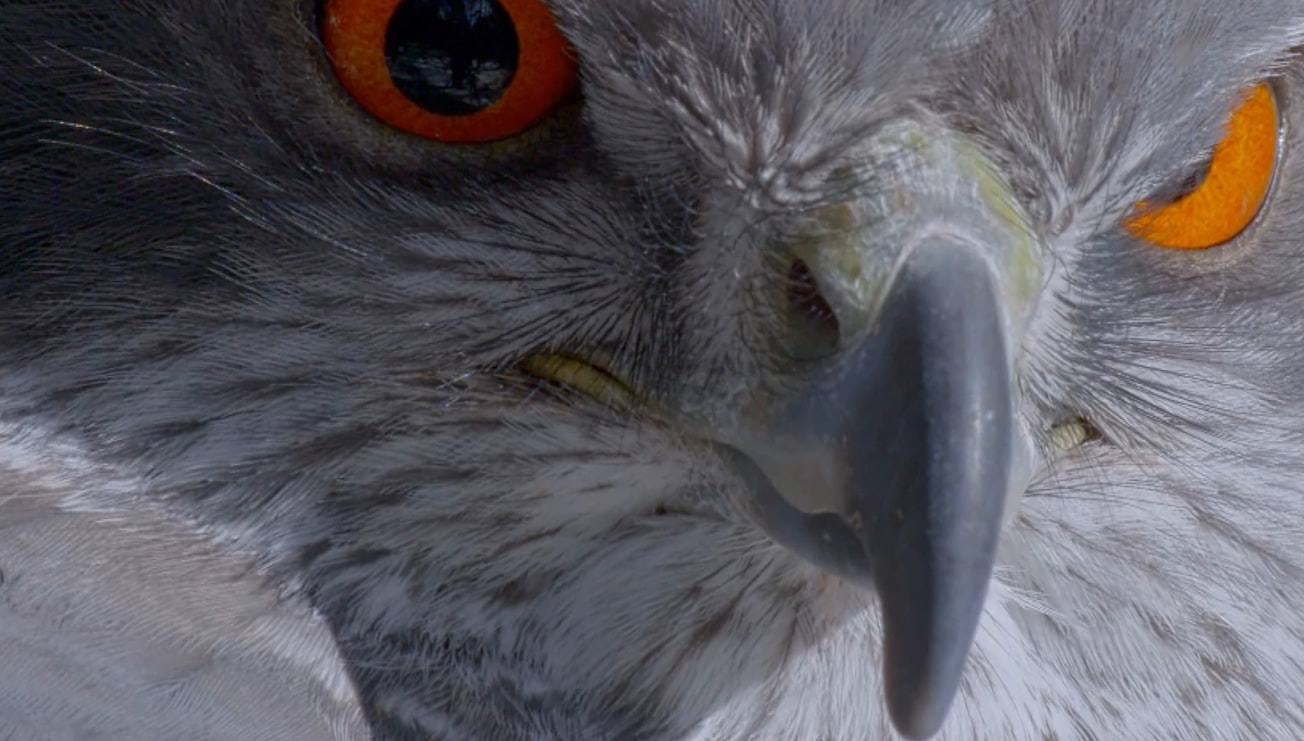What is it about?
We experimentally demonstrate for the first time that fear of predators – and not just the number of prey that predators directly kill – can significantly reduce the number of individuals in prey populations. Fear itself reduced the number of offspring reaching adulthood by 53% and left those that did permanently handicapped, with the consequence that the population size was projected to be cut in half in 5 years or less.
Featured Image

Photo by Oleksandr Sushko on Unsplash
Why is it important?
Our results conclusively establish that focusing solely on the number of prey predators directly kill and failing to additionally consider fear, as conventionally done, risks dramatically underestimating the total impact predators have on prey populations. This has critical implications for conservation, wildlife management and public policy because the total ecosystem benefits gained from conserving or rewilding native predators, and the full devastation wrought by introduced predators, must all now be re-evaluated.
Perspectives
Predator species, like birds of prey, or lions or wolves, have been eradicated from large parts of the globe. My hope is that this article contributes not only to our understanding of nature but also conserving it, by helping to lead to a fuller appreciation of the many diverse ways the presence of predators, and conversely their loss, can impact ecosystems. Fear has its uses.
Liana Zanette
Western University
Read the Original
This page is a summary of: Fear of predators in free-living wildlife reduces population growth over generations, Proceedings of the National Academy of Sciences, February 2022, Proceedings of the National Academy of Sciences,
DOI: 10.1073/pnas.2112404119.
You can read the full text:
Resources
Contributors
The following have contributed to this page







